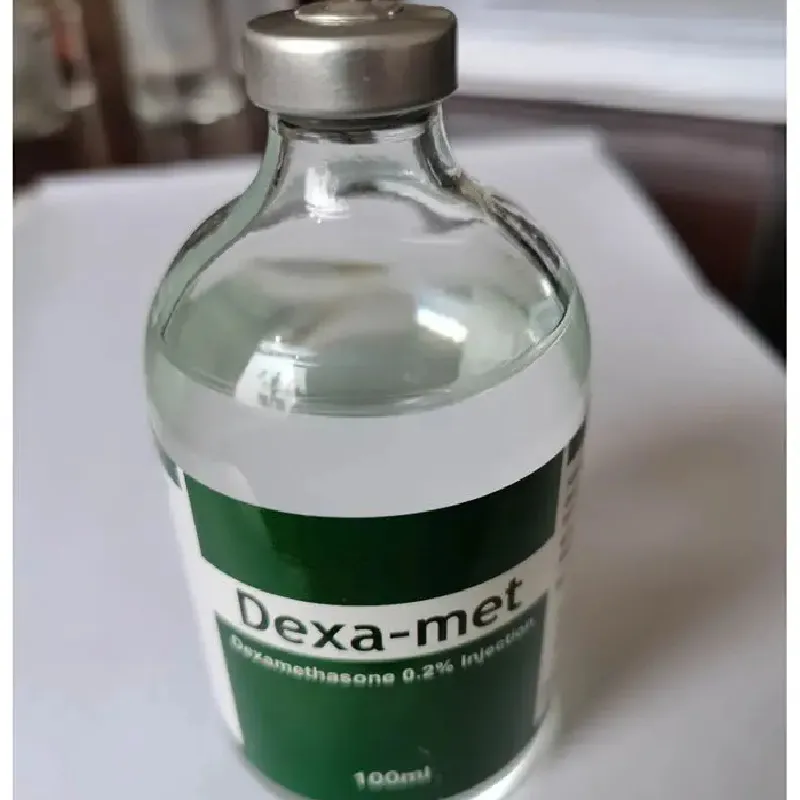- Afrikaans
- Albanian
- Amharic
- Arabic
- Armenian
- Azerbaijani
- Basque
- Belarusian
- Bengali
- Bosnian
- Bulgarian
- Catalan
- Cebuano
- Corsican
- Croatian
- Czech
- Danish
- Dutch
- English
- Esperanto
- Estonian
- Finnish
- French
- Frisian
- Galician
- Georgian
- German
- Greek
- Gujarati
- Haitian Creole
- hausa
- hawaiian
- Hebrew
- Hindi
- Miao
- Hungarian
- Icelandic
- igbo
- Indonesian
- irish
- Italian
- Japanese
- Javanese
- Kannada
- kazakh
- Khmer
- Rwandese
- Korean
- Kurdish
- Kyrgyz
- Lao
- Latin
- Latvian
- Lithuanian
- Luxembourgish
- Macedonian
- Malgashi
- Malay
- Malayalam
- Maltese
- Maori
- Marathi
- Mongolian
- Myanmar
- Nepali
- Norwegian
- Norwegian
- Occitan
- Pashto
- Persian
- Polish
- Portuguese
- Punjabi
- Romanian
- Russian
- Samoan
- Scottish Gaelic
- Serbian
- Sesotho
- Shona
- Sindhi
- Sinhala
- Slovak
- Slovenian
- Somali
- Spanish
- Sundanese
- Swahili
- Swedish
- Tagalog
- Tajik
- Tamil
- Tatar
- Telugu
- Thai
- Turkish
- Turkmen
- Ukrainian
- Urdu
- Uighur
- Uzbek
- Vietnamese
- Welsh
- Bantu
- Yiddish
- Yoruba
- Zulu
நவ் . 11, 2024 15:48 Back to list
garamycin gentamicin sulfate
Understanding Garamycin (Gentamicin Sulfate) A Comprehensive Overview
Gentamicin sulfate, commonly known by its brand name Garamycin, is an antibiotic that belongs to the aminoglycoside class of medications. It is widely used in clinical settings to treat various bacterial infections due to its effectiveness against a broad spectrum of pathogens. This article aims to provide an in-depth understanding of gentamicin sulfate, including its mechanism of action, uses, side effects, and important considerations for its administration.
Mechanism of Action
Gentamicin works by inhibiting bacterial protein synthesis. It binds to the 30S ribosomal subunit of susceptible bacteria, leading to misreading of mRNA and ultimately disrupting the production of essential proteins necessary for bacterial growth and replication. This action renders the bacteria unable to multiply and survive, allowing the immune system to clear the infection. Gentamicin is particularly effective against Gram-negative bacteria, such as Pseudomonas aeruginosa and Escherichia coli, but it also has activity against some Gram-positive organisms when used in combination with other antibiotics.
Indications
Garamycin is indicated for the treatment of various infections, including
1. Severe bacterial infections It is often used in hospitals for serious infections caused by susceptible bacteria, especially those resistant to other antibiotics. 2. Urinary tract infections (UTIs) Gentamicin is effective against complicated UTIs, particularly those caused by multidrug-resistant organisms. 3. Respiratory tract infections It may be used in patients with hospital-acquired pneumonia or other serious lung infections. 4. Bacteremia and sepsis Gentamicin is frequently employed in combination with other antibiotics to manage septic patients. 5. Infections in immunocompromised patients Physicians may prescribe Garamycin to patients with weakened immune systems, such as those undergoing chemotherapy or with HIV/AIDS.
Dosage and Administration
garamycin gentamicin sulfate

Gentamicin can be administered intravenously, intramuscularly, or topically. The dosage and duration of therapy depend on the type and severity of the infection, the patient's age, weight, and kidney function. Dosage adjustments may be necessary in individuals with renal impairment due to the drug's potential nephrotoxic effects.
Side Effects
While Garamycin is an effective antibiotic, it is not without potential side effects. The most concerning adverse effects associated with gentamicin include
1. Nephrotoxicity It can cause damage to the kidneys, which may be dose-related. Renal function should be monitored regularly during treatment. 2. Ototoxicity Gentamicin can affect hearing and balance, particularly when given at high doses or for prolonged periods. Patients may experience ringing in the ears (tinnitus) or dizziness. 3. Allergic reactions Some individuals may develop allergic responses to gentamicin, ranging from mild rashes to severe reactions, such as anaphylaxis. 4. Neuromuscular blockade In rare cases, gentamicin may cause neuromuscular weakness, particularly in patients with underlying neuromuscular disorders.
Important Considerations
Healthcare providers must carefully consider the potential risks and benefits of gentamicin therapy. Patients should be adequately hydrated, and renal function must be monitored throughout the treatment course to minimize the risk of nephrotoxicity. Additionally, gentamicin should not be used in patients with a known allergy to aminoglycosides or in conjunction with other drugs that are known to be nephrotoxic or ototoxic, unless absolutely necessary.
In conclusion, Garamycin (gentamicin sulfate) is a crucial antibiotic in the fight against serious bacterial infections. Its efficacy and broad-spectrum action make it a valuable tool in modern medicine, but careful monitoring and consideration of potential side effects are essential to ensure patient safety and therapeutic success. If you have questions or concerns about gentamicin therapy, always consult a healthcare professional for personalized advice and guidance.
-
Guide to Oxytetracycline Injection
NewsMar.27,2025
-
Guide to Colistin Sulphate
NewsMar.27,2025
-
Gentamicin Sulfate: Uses, Price, And Key Information
NewsMar.27,2025
-
Enrofloxacin Injection: Uses, Price, And Supplier Information
NewsMar.27,2025
-
Dexamethasone Sodium Phosphate Injection: Uses, Price, And Key Information
NewsMar.27,2025
-
Albendazole Tablet: Uses, Dosage, Cost, And Key Information
NewsMar.27,2025













